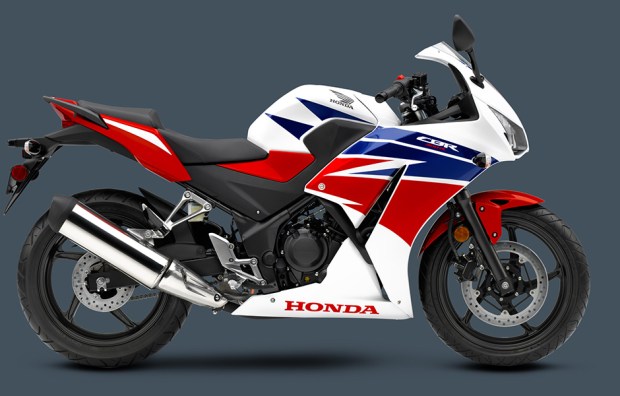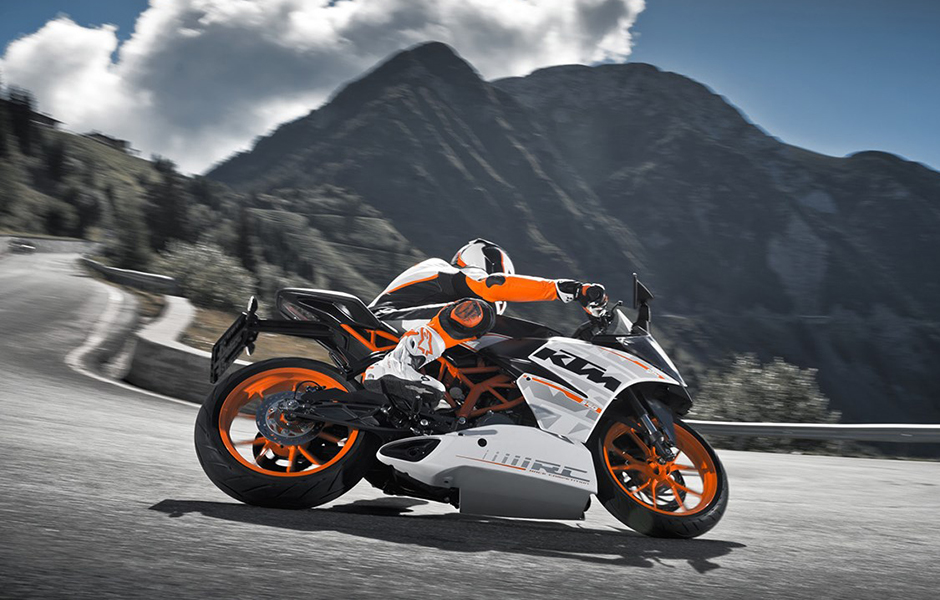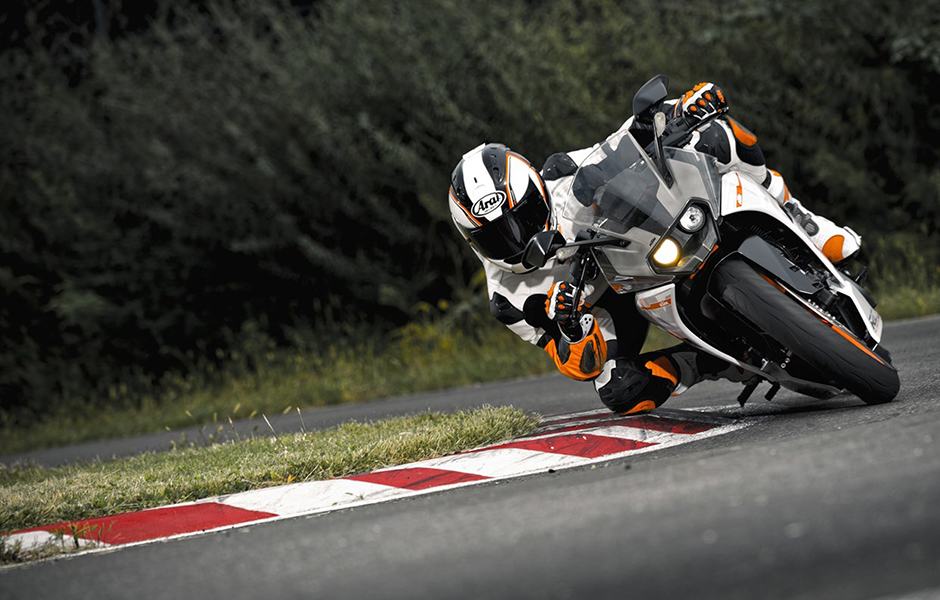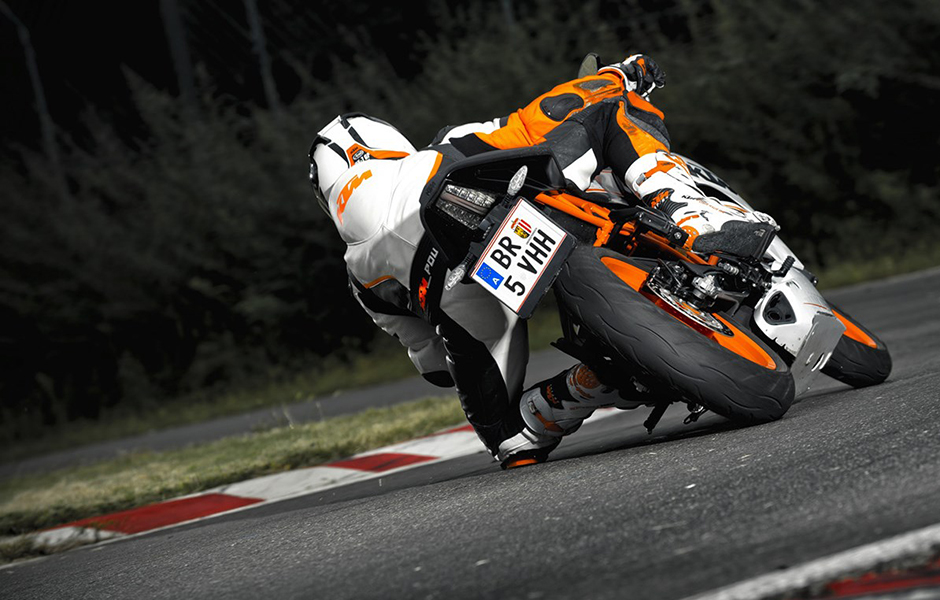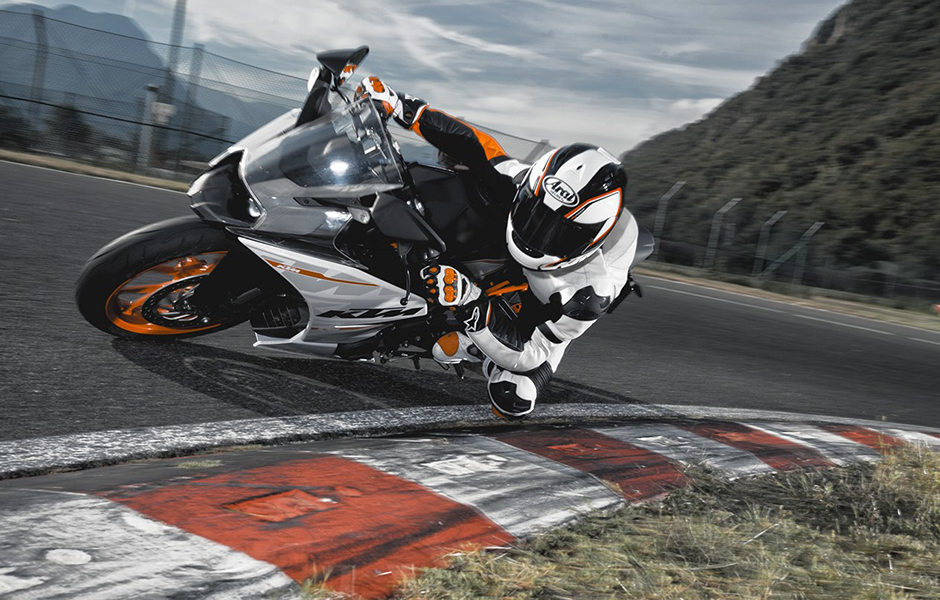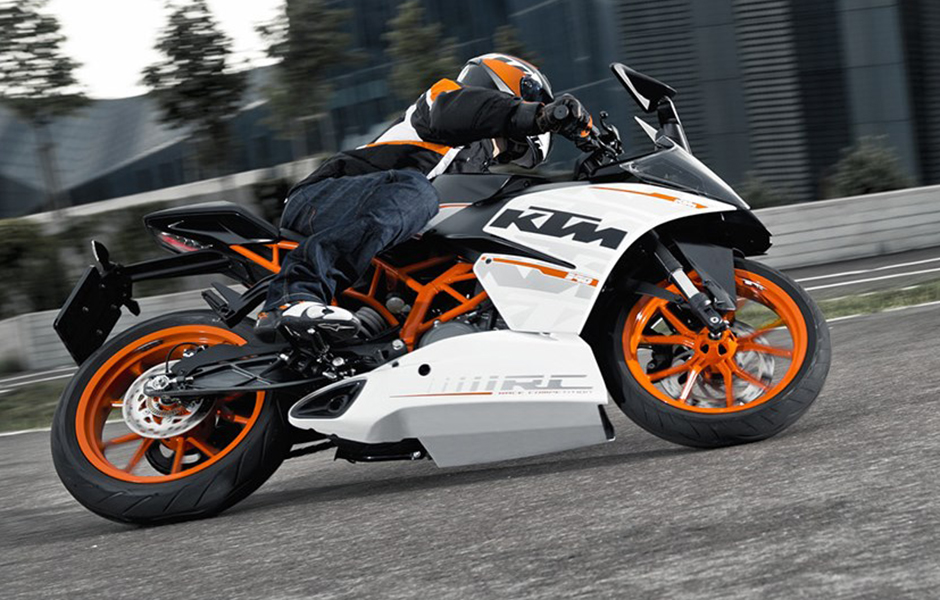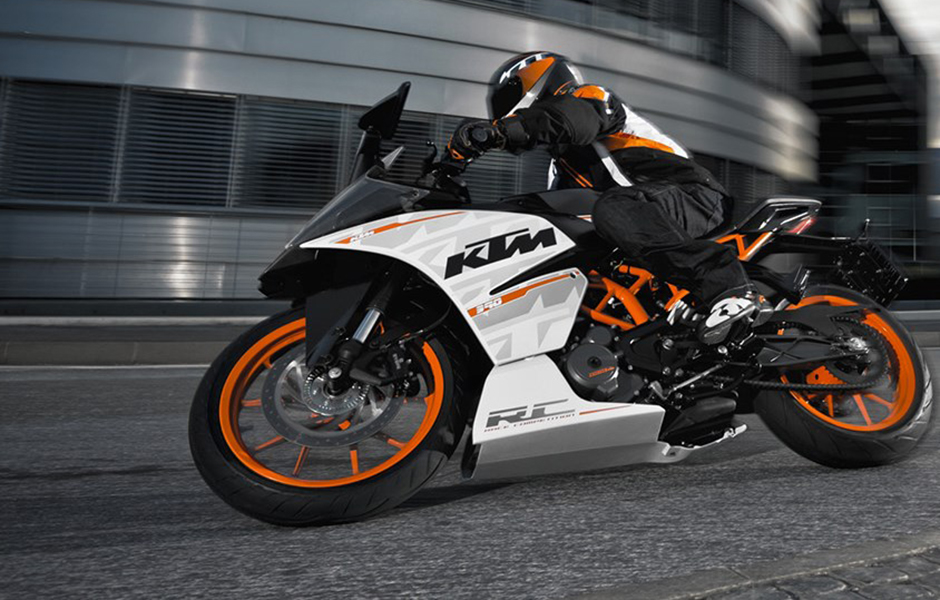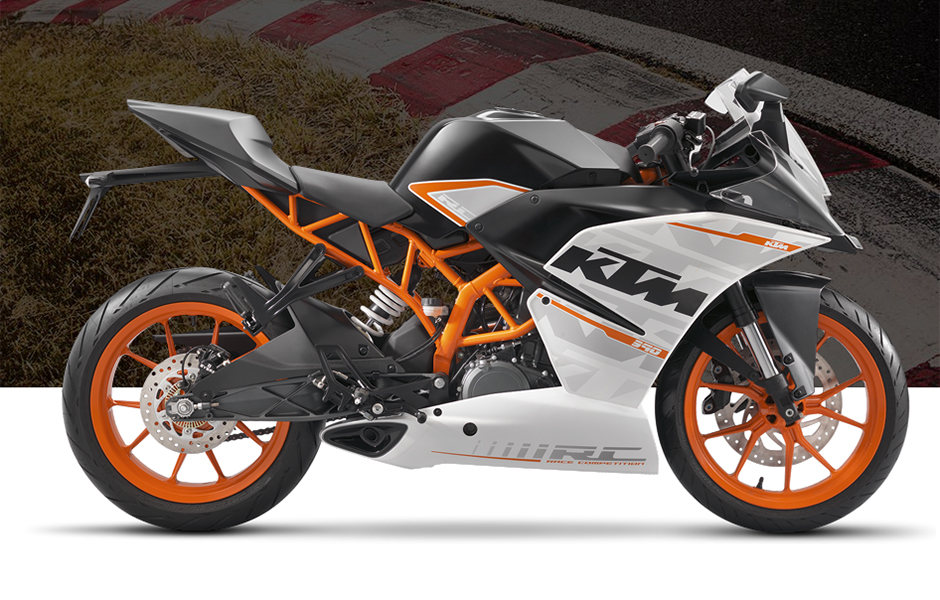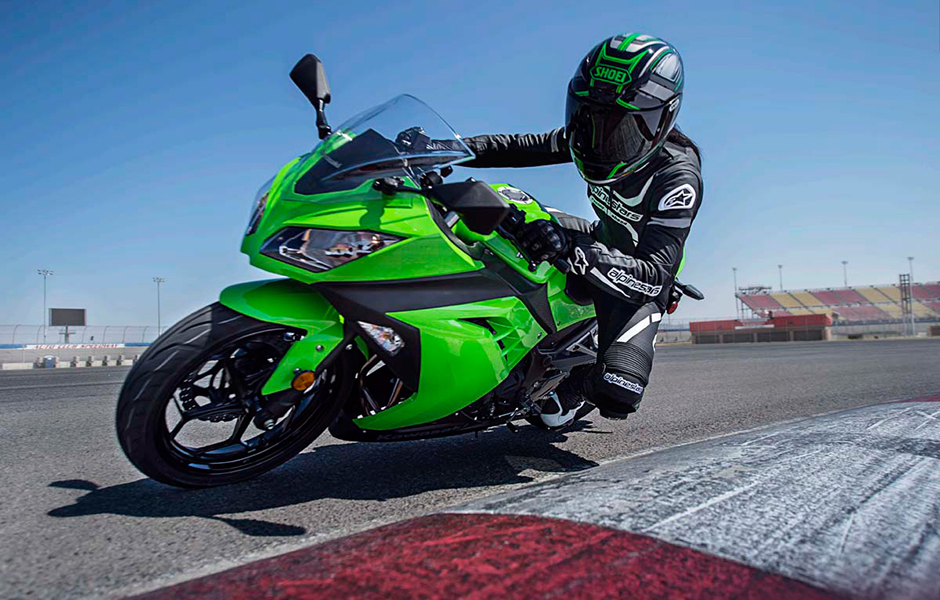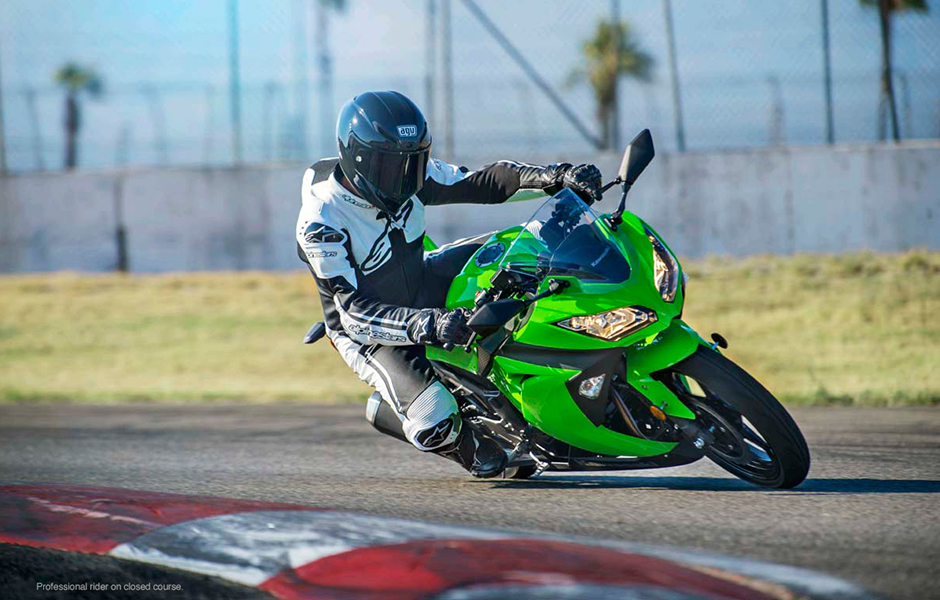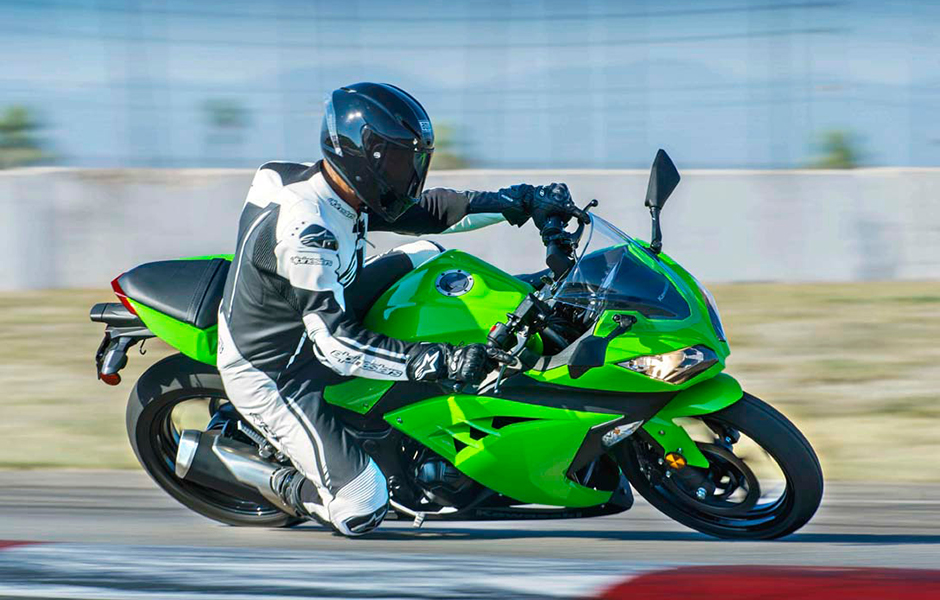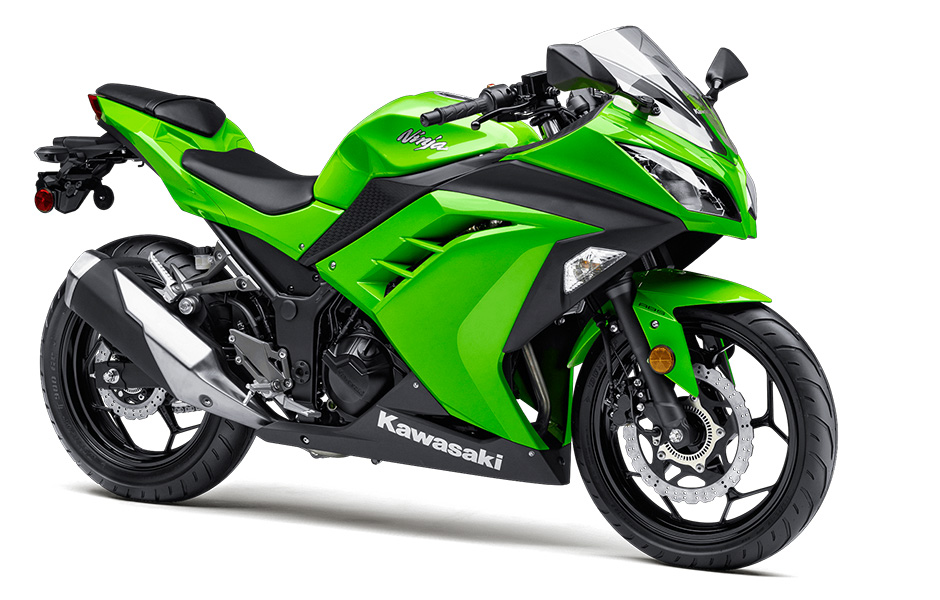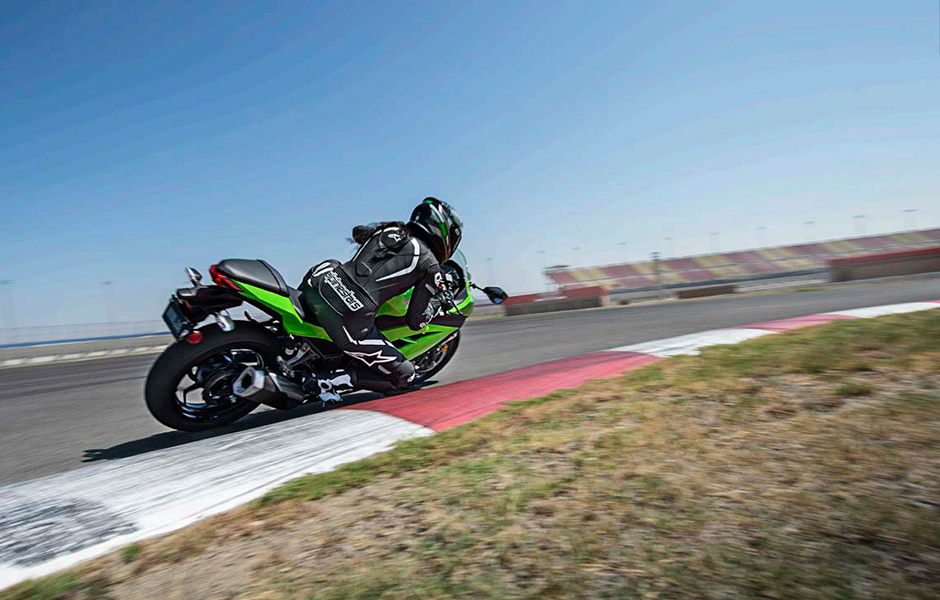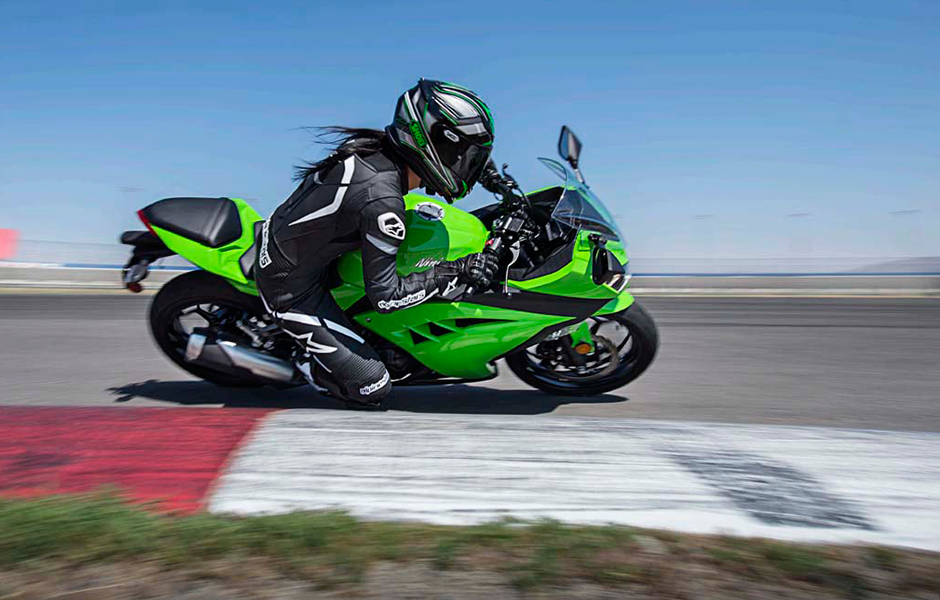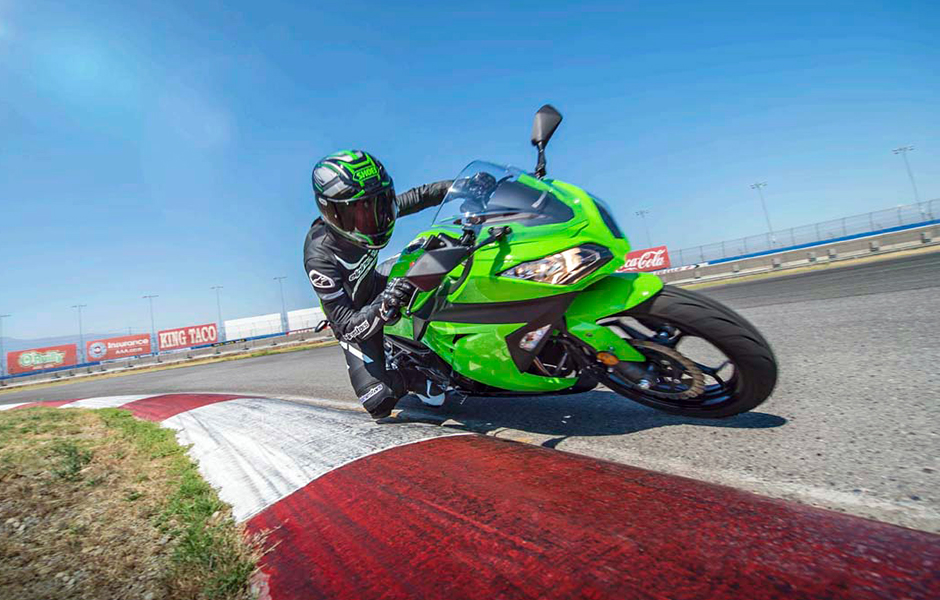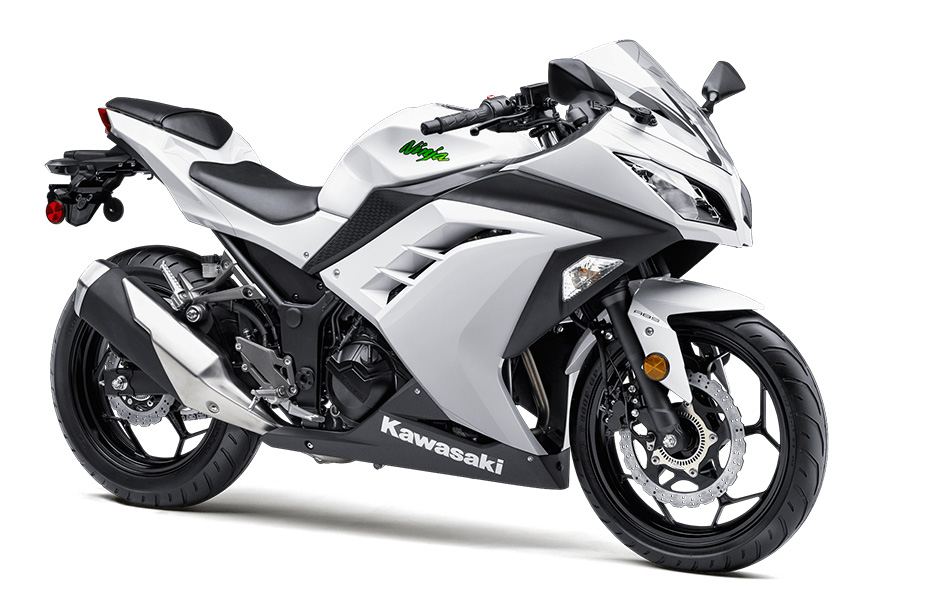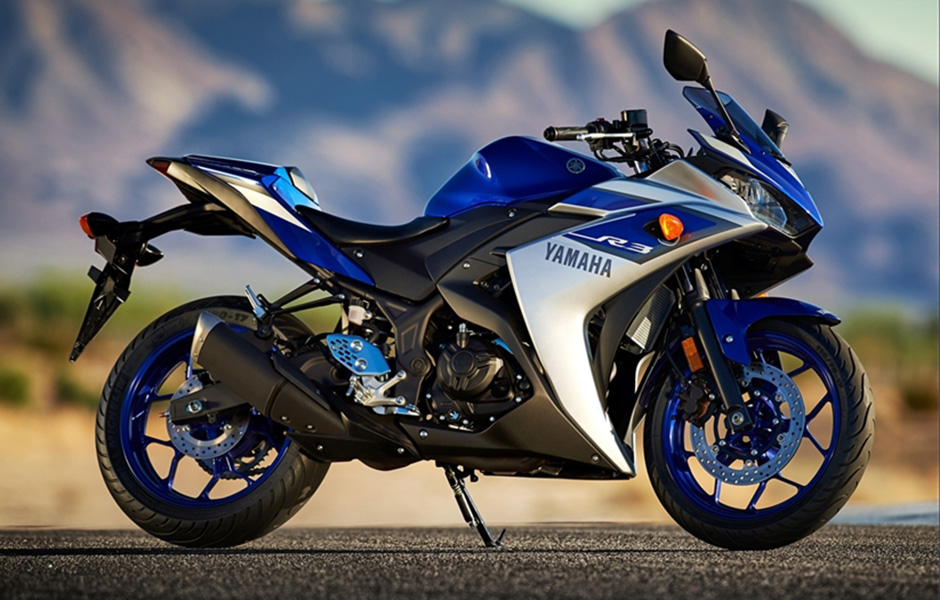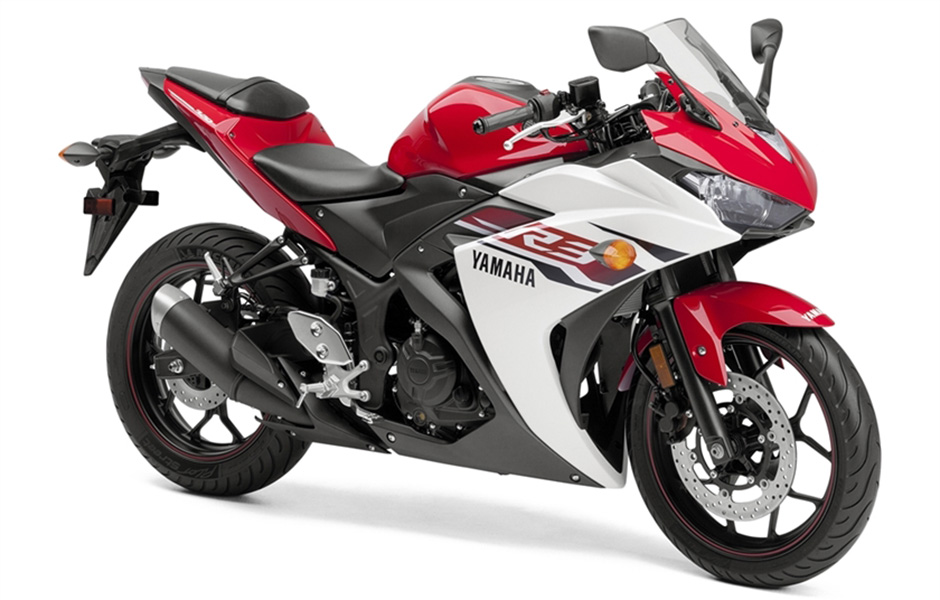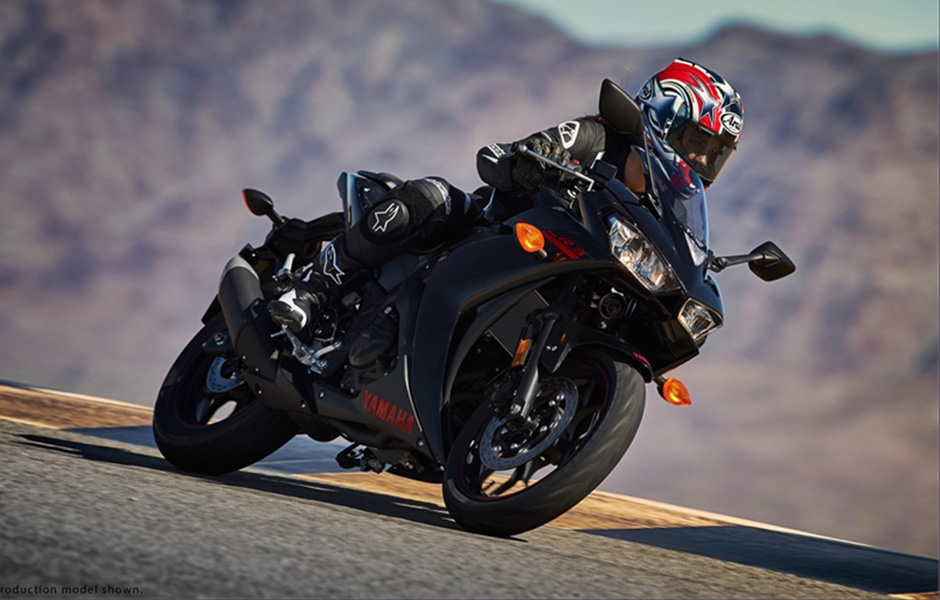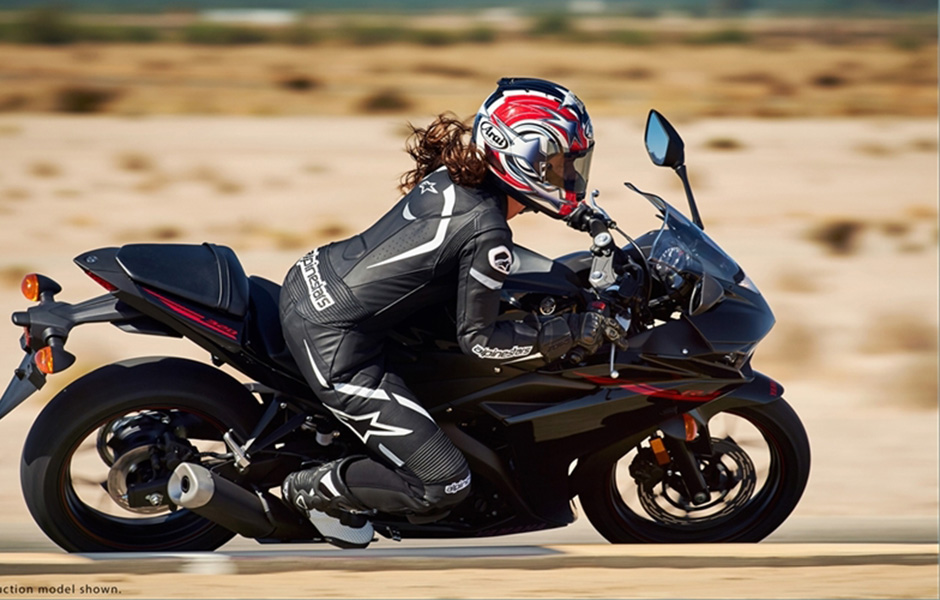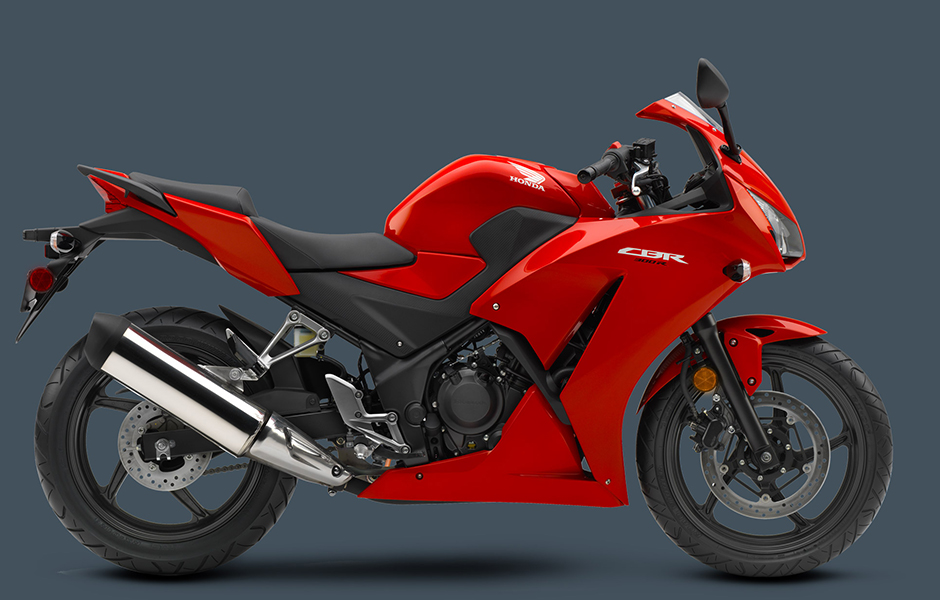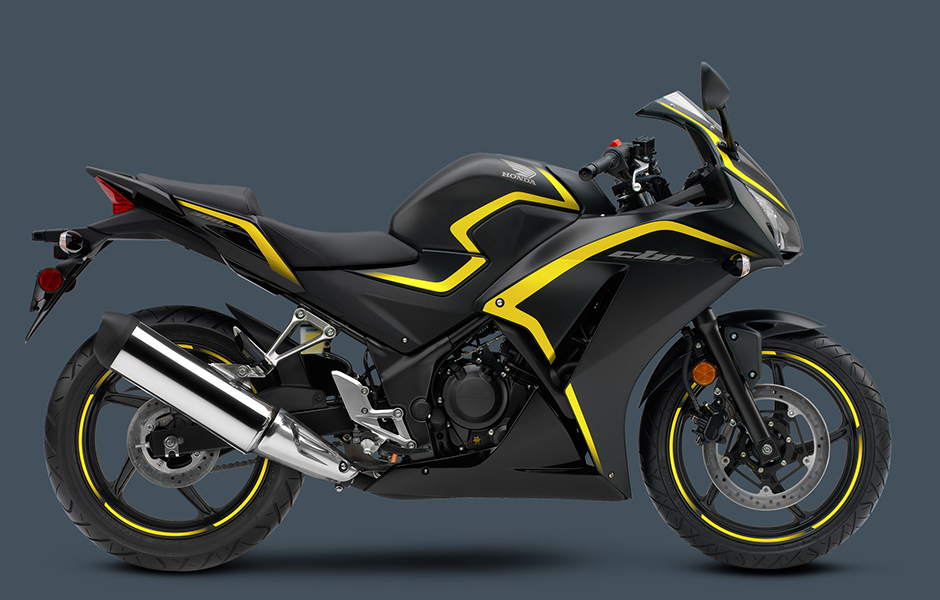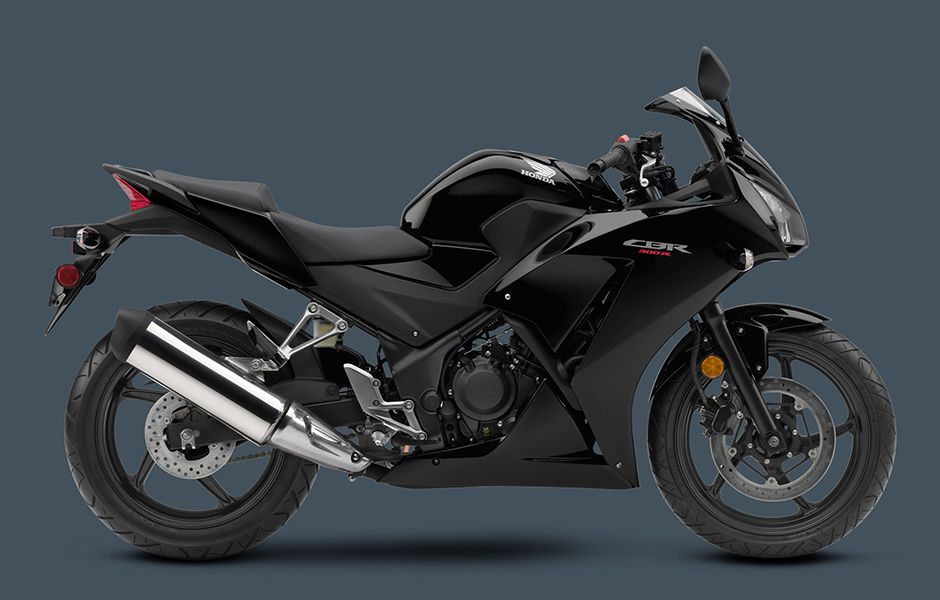- 1. KTM RC390
- 2. KTM RC390
- 3. KTM RC390
- 4. KTM RC390
- 5. KTM RC390
- 6. KTM RC390
- 7. KTM RC390
- 8. KTM RC390
- 9. KTM RC390
- 10. Kawasaki Ninja 300
- 11. Kawasaki Ninja 300
- 12. Kawasaki Ninja 300
- 13. Kawasaki Ninja 300
- 14. Kawasaki Ninja 300
- 15. Kawasaki Ninja 300
- 16. Kawasaki Ninja 300
- 17. Kawasaki Ninja 300
- 18. Yamaha YZF-R3
- 19. Yamaha YZF-R3
- 20. Yamaha YZF-R3
- 21. Yamaha YZF-R3
- 22. Yamaha YZF-R3
- 23. Yamaha YZF-R3
- 24. Yamaha YZF-R3
- 25. Honda CBR300R
- 26. Honda CBR300R
- 27. Honda CBR300R
- 28. Honda CBR300R
What size is best for a motorcycle? Trick question! It depends on many factors, including the rider, what kind of riding the bike will be used for and other factors such as licensing tiers, insurance costs and the price of the bike itself. It can be complicated.
However, one interesting trend gathering steam right now is the rise in popularity of bikes in the 300cc range. What’s so special about these smaller bikes? Plenty as it turns out. First, a bit of history.
Before about 1970, any bike 650cc or larger was considered a big machine meant only for manly men with no thoughts of self-preservation. Down below the 650s were the bread-and-butter bikes: 125s, 250s and such marketed to the less-insane, less speed-obsessed proletariat ridership – same as today.
In the 1960s, the nascent Japanese bike makers, led mostly by Honda, started turning out bikes in the 300cc range in order to compete with popular 250s from established brands. Bigger is better, right? In this case, yes, it was. Early efforts still tended to be a bit spindly and suspect at first, but when the Honda CB77 305 Super Hawk hit the scene in 1961, things began to change in a hurry.
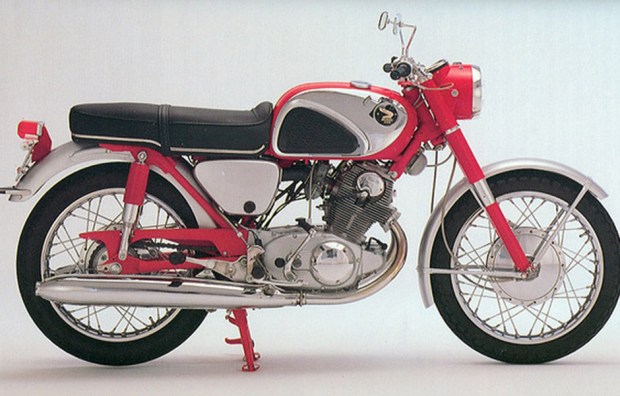
As the 305 Super Hawk matured, its true nature as a speed machine was revealed. Using a steel tube frame instead of a pressed metal structure like previous small Hondas, and with engine internals that could turn to 9,000 rpm derived from Honda’s winning racing machines, the sleek, sharp-handling little ‘Hawks gave bikes twice their size absolute fits. Plus, it featured electric starting and excellent reliability, which were no small miracles of the era. Best of all, it could top 100mph (105mph, actually), a tremendous feat for a 300 in a time when many 650s could only barely crack “The Ton.” For many riders, the plucky 305 Super Hawk ticked every box.
I’ve ridden a few CB77 Super Hawks and suffice to say they are small in size (relative to my 6-1 frame) but huge in performance and fun. I can only imagine the long faces at the British and American bike makers when they caught wind of the CB77’s potential.
As you might imagine, Honda sold a gazillion of the things and expanded the “305” line to include multiple models that included everything from more street bikes to dirt bikes to the odd-duck Dream series of scooter/motorcycles. After the CB750 debuted in 1969, the Super Hawk’s lifespan was short and it faded away in 1971 along with many other 300-level machines as the displacement wars got under way in earnest. Today, CB77 Super Hawks are among the most collectible of the mass-produced Hondas. Be prepared to pay a lot for a clean one.
But suddenly, “300” seems to be the magic number again for many riders looking for something bigger and better than a scooter and smaller than a 600cc sports machine. Four 300cc bikes stand out: Kawasaki’s Ninja 300, Honda’s CBR300R, Yamaha’s YZF-R3 and KTM’s RC390.
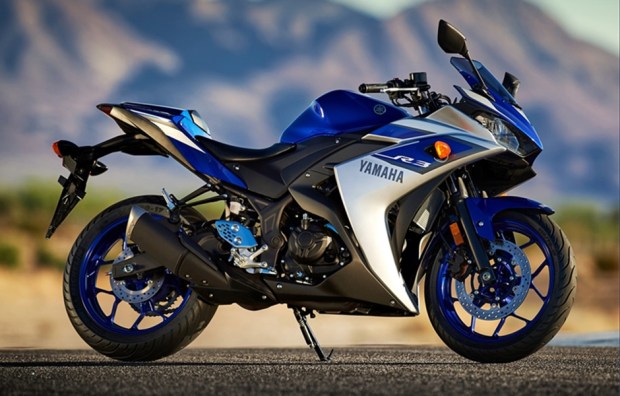
The bikes range in displacement from 286cc (the Honda) to 375cc (KTM) and everywhere in between, so it’s not like there are hard and fast rules on what a “300” is, letting manufacturers play around with the form factor a bit. Your DMV and insurer may care, but in the U.S. and many other countries, 400cc is usually the cutoff for the lower licensing tier so it’s not a big deal.
What matters most is the amazing value and performance of each of these bikes. Each features big-sportbike style and tech (and for the most part, size as well), real-world comfort and performance that belies their displacement. Gas is delivered via fuel injection to the Yamaha and Kawasaki twin-cylinder engines while the Honda and KTM make do with single-cylinder power plants. You can also get ABS brakes on most of them as well and each bike costs right around $5,000 brand new (add maybe $500 – $1,000 for the higher-spec KTM).
So what do you get for that kind of cash? Well, the days of 300cc bikes sneaking up on modern (and frightfully fast) 600cc machines are behind us for the most part, but in the hands of a skilled rider on a twisting road, the light weight and enhanced ability of a 300 to flick and turn quickly can combine to show those bigger bikes some taillights – at least until the pavement straightens out.
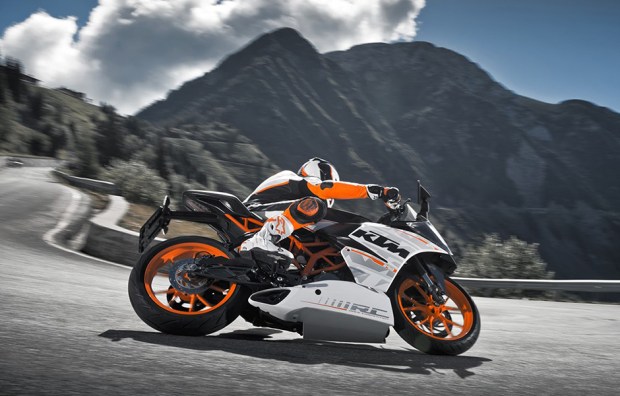
Also, while a 250 might struggle with modern freeway traffic speeds, this new breed of 300s has no such issue. Sure, the engine will be spinning, but there is a much larger margin of comfort when passing or just blowing down the road. Tour on a 300? Absolutely.
In the big city, 300s are a sharp tool for dissecting traffic. Slim and quick, you can get off the line quickly and if your state (California, so far) approves of lane splitting, these svelte machines are the best thing next to a bicycle for slicing through lines of idling cagers – plus, no pedaling!
Bottom line is that the 300cc motorcycle is back, and it’s back in a way that recalls its glory days of the 1960s: as a machine that’s great for a new rider but also great for a veteran looking for a low-cost, low-effort fun machine that looks great, goes like stink and brings back the fun of full-throttle riding, all without needing all that mortality-avoidance rationalization that comes with a big-bore bike.
